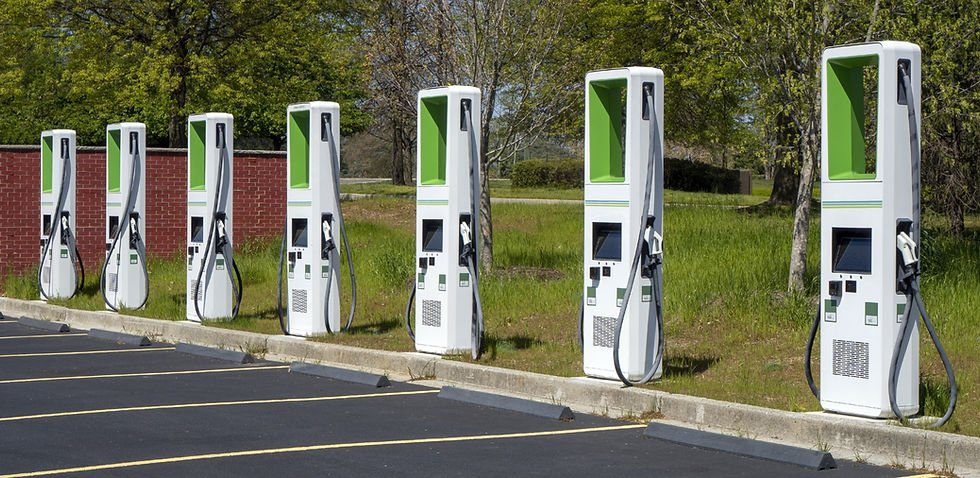Tech-Powered Sustainability: The Role of Technology in Advancing Circular Economy
- She Business Time

- Apr 26, 2024
- 2 min read

In the pursuit of a more sustainable future, the integration of technology has emerged as a powerful ally. From blockchain to artificial intelligence, technological innovations are revolutionizing how businesses approach the concept of a circular economy. In this blog, we delve into the transformative role of technology in driving forward the principles of circularity.
1. Digitalizing Supply Chains
One of the key challenges in transitioning to a circular economy is the complexity of global supply chains. Technology offers solutions by digitizing supply chains, enabling real-time tracking and monitoring of materials and products. With blockchain technology, for instance, companies can create transparent and immutable records of product provenance, ensuring accountability and traceability throughout the lifecycle.
2. IoT and Resource Optimization
The Internet of Things (IoT) enables the connection of physical devices, allowing for the collection and analysis of vast amounts of data. In the context of circular economy, IoT sensors can be embedded in products and infrastructure to monitor usage patterns, optimize resource consumption, and enable predictive maintenance. By leveraging IoT technology, businesses can maximize the efficiency of resource utilization and minimize waste generation.
3. AI for Circular Design
Artificial intelligence (AI) is revolutionizing product design by enabling predictive modeling and optimization. AI algorithms can analyze vast datasets to identify opportunities for product redesign, considering factors such as recyclability, durability, and material efficiency. By harnessing AI-powered design tools, companies can create products that are inherently more compatible with circular principles, facilitating easier repair, remanufacturing, and recycling.
4. Circular Marketplaces and Platforms
Technology has facilitated the emergence of circular marketplaces and platforms that enable the exchange, reuse, and repurposing of goods and materials. These platforms connect buyers and sellers of second-hand products, facilitate material exchanges between businesses, and promote the sharing economy. By providing alternatives to traditional linear consumption patterns, circular marketplaces promote resource efficiency and reduce the environmental impact of consumption.
5. Data Analytics for Decision-Making
Data analytics tools enable businesses to gain insights into their operations and identify opportunities for improvement. By analyzing data on resource usage, waste generation, and environmental impact, companies can identify inefficiencies and prioritize areas for intervention. Data-driven decision-making empowers businesses to optimize their processes, minimize waste, and maximize resource productivity, thereby advancing the goals of circular economy.
6. Collaboration and Open Innovation
Technology facilitates collaboration and open innovation by connecting stakeholders across industries and geographies. Online platforms and digital communities enable knowledge sharing, collaboration on research and development, and co-creation of solutions to sustainability challenges. By fostering collaboration and open innovation, technology accelerates the pace of innovation and facilitates the adoption of circular economy practices on a global scale.
In conclusion, technology plays a pivotal role in advancing the principles of circular economy by enabling transparency, efficiency, and innovation across the value chain. From digitalizing supply chains to harnessing the power of AI and data analytics, technological innovations offer practical solutions to the complex challenges of sustainability. By embracing technology-driven approaches, businesses can accelerate their transition to a circular economy and contribute to a more sustainable future for all.
Published By She Business Time




.jpg)
.jpg)
.jpg)


Comments